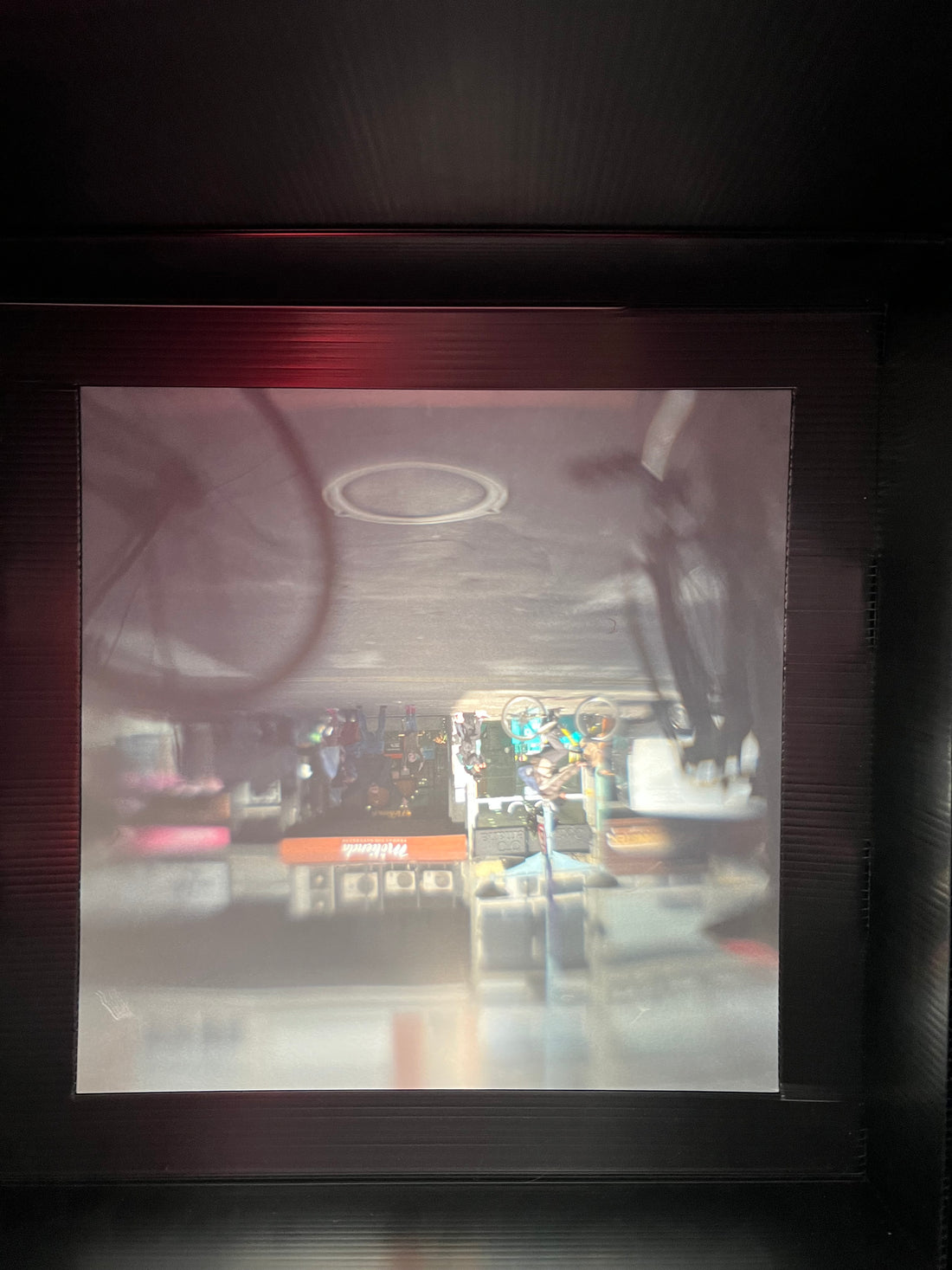The camera obscura, often called the precursor to photography, has fascinated artists, scientists and curious people for centuries. Its simple but powerful concept has left a mark in the history of image and visual perception. In this article, we will explore in depth this device and its influence on the development of modern photography.
Origins and Evolution
The camera obscura has its roots in ancient Greece, where the philosopher Mozi first mentioned the optical principle behind this phenomenon in the 5th century BC. However, it was the Arab scientist Alhacén, in the 11th century, who described in detail its operation. in his optical treatise “Kitab al-Manazir”. In the Middle Ages, the camera obscura became a popular tool for artists such as Leonardo da Vinci, who used it to project images onto canvas and obtain an accurate representation of reality.
Operating principle
The camera obscura operates on a simple but effective optical principle: light passing through a small hole in a dark room projects an inverted image on the opposite surface. This principle, known as “camera obscura projection,” has been fundamental to the understanding of optics and image formation.
Types of Camera Obscuras
Throughout history, different types of camera obscuras have been developed for various purposes and applications. From the portable camera obscuras used by artists during the Renaissance to the large format camera obscuras used in architectural photography, each variant has contributed to the advancement and diversification of this technology.
Impact on Photography
The invention of photography in the 19th century was an important milestone in the evolution of the camera obscura. Pioneers such as Joseph Nicéphore Niépce and Louis Daguerre used principles similar to those of the camera obscura to create the first permanent photographic images. Since then, the camera obscura has continued to influence photography, both in the understanding of optics and in the development of new techniques and technologies.
Modern Applications
Although the traditional camera obscura has largely been replaced by digital cameras, its fundamental principle remains relevant in fields such as astrophysics, where it is used to observe the sun and other celestial objects. Additionally, contemporary artists have revived interest in the camera obscura as a creative and educational tool.
The camera obscura has been a source of inspiration and innovation throughout history, from its humble origins in ancient Greece to its influence on modern photography. Its ability to capture and project images has fascinated generations of people and remains a powerful reminder of the fundamentals of vision and visual perception.
Technical Principles of Operation of the Camera Obscura
The camera obscura operates according to fundamental optical principles that date back to the physics of light and image formation. How it works can be broken down into several key components:
1. Image Formation: Light entering through a small hole in the wall of a dark room travels in a straight line and projects an inverted image on the opposite surface. This process is due to the rectilinear propagation of light and the formation of an image in a focal plane.
2. Aperture and Diaphragm: The size of the hole, or diaphragm, determines the amount of light that enters the camera obscura. A smaller pinhole produces a sharper image but requires a longer exposure, while a larger pinhole allows for a faster exposure but may result in a less sharp image.
3. Image Inversion: The image projected on the opposite surface appears inverted due to the property of light to travel in straight lines and intersect at the focal point of the lens.
4. Focus and Focal Length: The distance between the hole and the projection surface determines the sharpness of the image. A longer focal length produces a more focused image but may require a larger room for projection.
5. Lenses and Optics: If a lens is used instead of a simple hole, aspects such as focus, sharpness and quality of the projected image can be controlled. The lenses help focus light and correct optical aberrations for more precise and clear images.
In short, the camera obscura takes advantage of the basic principles of optics and the physics of light to create images projected inverted onto an opposing surface through a hole or lens. This process is fundamental to the understanding of image formation and has laid the foundation for the development of modern photography.
